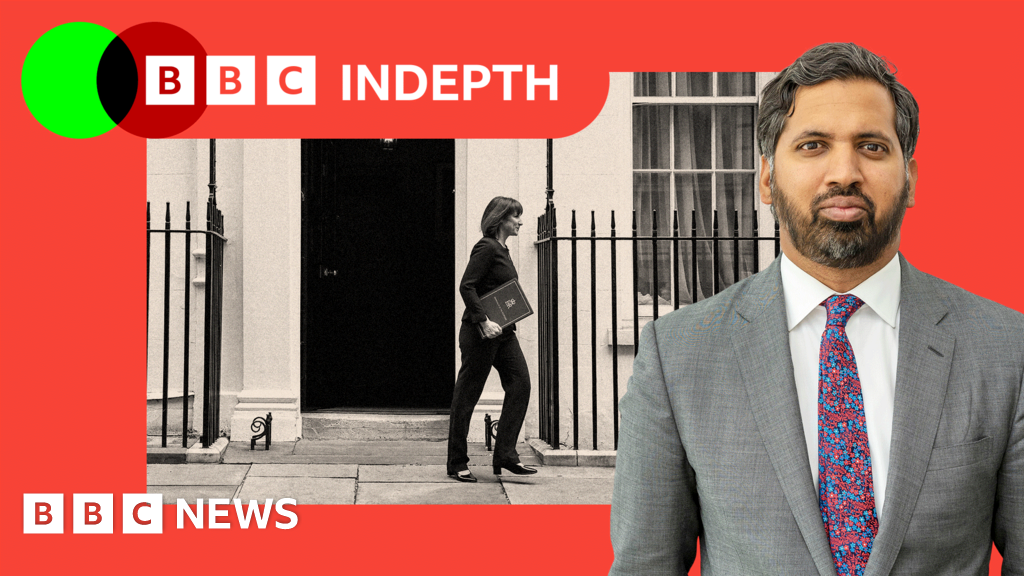.
Pexels
Most of us acknowledge that listening is important. It builds trust. It reduces misunderstandings and helps eliminate conflict. Good listening encourages empathy and improves relationships. It deepens friendships. It increases productivity.
There’s really no downside to good listening. And studies show that effective listening is a skill that can be learned and enhanced. Unfortunately, research also shows that poor listening habits are more common than many people would acknowledge.
Heather Younger is on a quest to help people acquire—and practice—listening skills that will boost their effectiveness in every facet of their lives.
An international keynote speaker and host of the Leadership with Heart podcast, Younger holds a law degree from the University of Colorado but focuses her energy on the workplace rather than the courtroom. She’s founder and CEO of Employee Fanatix, a company that helps organizations create high-performing, user-friendly cultures. Her latest book is The Art of Active Listening: How People at Work Feel Heard, Valued, and Understood.
Many managers overestimate how well they perform in their relationships with employees. So, we might ask, what role do poor listening habits play in this self-awareness disconnect?
.
.
“As we look at what I call the Cycle of Active Listening,” Younger says, “the first step is to Recognize the Unsaid. If managers aren’t aware enough to recognize what is being unspoken in the environment, with their own employees, then they will most definitely have blind spots. Those blind spots make it hard to see what team members want and need and even harder to do anything about it. Pausing to focus on what is happening beneath the surface inside of their own culture can be most revealing.”
But we live in a world of rapid-fire social media and instantaneous communication. People’s attention spans seem to be getting shorter and shorter. What’s the key to giving human-to-human communication the focus it deserves?
“It all starts with a healthy listening mindset,” Younger says. “Why do we choose to actively listen? Is it simply to ‘get’ something from someone else, or is it because we truly want to serve the other in the moment? If we can answer in the affirmative to the last question, then we are seeking the truth from the other for their own benefit, meaning to make sure they know that we have heard them.”
Once you know you’re in the right mindset, Younger says, then it’s time to go about being very intentional about minimizing distractions that block our ability to focus on one thing at a time.
“Multi-tasking simply doesn’t work when it comes to communication,” she says. “We might be able to read our phones and blow dry our hair or drink a cup a coffee while reading the paper. But when it comes to human-to-human connection, we cannot say we are listening and then be doing one more thing at the same time. We will be sending the very clear message that what the speaker is saying is inconsequential to us.”
But what about people who think they have little or no room for improvement in their listening? What steps does Younger recommend taking to help such people?
Heather R. Younger
.
“First and foremost, we need to become listeners ourselves,” she says. “It’s easy for us to see the errors of others, but working on us first is best. Leading by example is the best first step.”
If someone is asking for help and wants to become a better listener, she says they are primed to make a change. “In that case, I would have them work on self-awareness and then social awareness. In other words, how do they feel around others, how do they respond to others, how to others respond to them? They need to journal what they see and feel and notice. This will help their journey to become better move along.”
Most of us know that mindset is important to improvement in any area of our lives. How can people cultivate a listening mindset so they can be more adept at detecting nonverbal cues and hearing what is not being said by others?
Younger says it takes good self-awareness to cultivate a listening mindset because we need to evaluate our intentions before embarking on an interaction with someone. We might ask ourselves: “Are we there to serve, or are we there to achieve something that benefits just us?” We can go into active listening to both ‘give”’(serve) and ‘get’ (about us), but our mindset needs to be centered on serving the other for the sake of what they need in the moment. Always evaluate your intentions.
In many instances, our listening suffers because we cling so tenaciously to our own perspectives. How can people develop a sense of curiosity (and humility) in challenging their own assumptions and biases?
Younger says that to stay in curiosity mode, we need to become a blank slate and assume that we know very little about any given situation. “When we go into interactions with little knowledge and the intent to seek the truth and learn, we automatically become more curious about what the other might teach us,” she says. “Think about little kindergarten students in a classroom who are listening to a history lesson about an interesting character. Their eyes get big, and they are excited to find out what might come next. We need to enter our interactions wide-eyed and open to what we might find.”
Bias can be either good or bad, Younger says. It’s a matter of determining which biases interfere with our relationships and which ones serve us. For example, we might have a bias toward healthy eating habits. That just means we have an affinity to not eating fatty foods. It’s when our biases turn into discriminatory behavior or damage our relationships that we need to work against those with curiosity.
Decoding, Younger says, is a critical ingredient in active listening.
.
.
“Decoding means to interpret, reflect or research what you think you have heard someone say,” she explains. “It can be done alone, with a group of people, or with a confidant. It requires us to pause before we act on feedback we have heard, or a request that someone has made of us. When we take this pause before action, we tell the other person that we take their feedback seriously. When we jump to action too quickly, we often take the wrong action or not enough.”
Because change is one of the few constants in the workplace, leaders must often deal with resistance to organizational change initiatives. Active listening can play a significant role in managing resistance.
Younger’s five-step active listening model has been used hundreds of times for during mergers and reorganizations.
“Organizational leaders should never embark on any large-scale change without first involving more people from all the different parts of their organization in the change to be made,” she says. “Active listening at the organizational level is true inclusion. People feel like they are not just numbers on a spreadsheet, but voices to be heard. When team members feel like their voices and opinion were included in organizational changes, they are more bought into what comes next.”
Credit: Source link








![AI can boost conversions from your web page — HubSpot’s CMO shows you how [tutorial] AI can boost conversions from your web page — HubSpot’s CMO shows you how [tutorial]](https://knowledge.hubspot.com/hubfs/ai-1-20250605-395473.webp)

